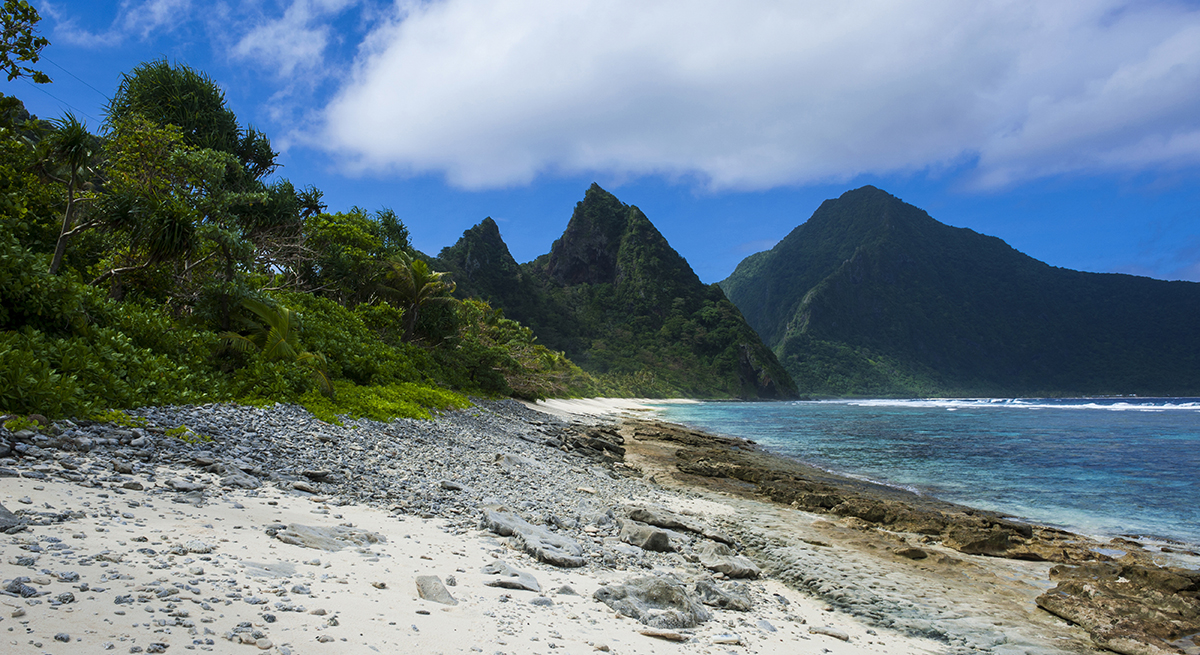The crustal origin of certain mantle heterogeneities finally demonstrated
The composition of the Earth's mantle is partly determined by chemical and isotopic analyses of lavas from different tectonic contexts. While basalts from mid-ocean ridges are chemically and isotopically homogeneous, reflecting mixing in the underlying mantle by convection, basalts from certain oceanic islands retain heterogeneities from a deeper mantle.

Ofu island (Samoa) © Adobe Stock
Publication date: 20/09/2021
Press, Research
Related teams :
Cosmochemistry, Astrophysics and Experimental Geophysics (CAGE)
Related themes : Origins







